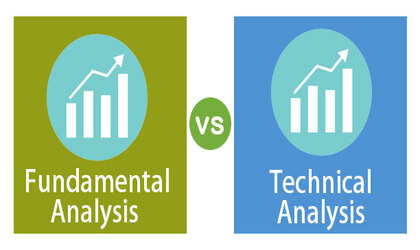You can never be too careful when it comes to investing in the stock market. The Indian stock market is quite sensitive and volatile, making it lucrative if you time it right!
But that’s far easier said than done.
So, what can one really gain?
Perhaps only a logical explanation of what could happen next. Depending on your investment horizon, you can hope that your investments will work out in the long term or in the short term.
This is the main difference between fundamental and technical analysis. When you want to invest over a longer time horizon, do some fundamental analysis.
However, for those involved in trading, either intraday or intraday, you are looking at more technical aspects.
However, in the fundamental analysis, we look at the real drivers of the share. In technical analysis, we just don't care. We focus on the stocks themselves.
The Simple Moving Average (SMA) is perhaps the meeting point for both fundamental and technical analysis. How? Let's explain it. Ideally, the SMA would be a technical indicator as it helps you understand whether a stock is currently undervalued or overvalued. It also indicates whether there is a possibility of a trend reversal. It takes into account the share price during the period and derives the average.
This information also helps fundamental analysts because we do not want to invest in stocks that are expensive, regardless of the range for which they will be held.
The idea in long-term investments would be to buy low and sell high. So even if they are okay with investing in the organization, they would still have to time it right. They can also use the SM indicator to tell if they should wait or pounce
Can they co-exist?
The question often arises: Do technical and fundamental analysis coexist? The answer is YES! Long-term investors use technical indicators to perfect their equity entry. Stock traders also use fundamentals to understand whether an industry is profitable to get into right now.
For example, in the case of seasonal withdrawals, it is recommended to enter before the start of the season and exit before the end of the season. If you were dealing with a refrigerator manufacturer's share, it wouldn't make sense to go into winter for two months. It would be more beneficial to enter when summer is around the corner. This analysis was crucial.
Conclusion:
So it's clear that both fundamental and technical analysis have their own merits and fandoms. Technical analysis versus fundamental analysis is not a battle, but rather a complex agreement on where to use which tool.
Hence, there really is no wrong or right way to analyze stocks. It depends on your personality, trading style, trading time frame, and many more. At the end of the day, you want to use any tool that can help you make smarter trading decisions.
If you are new to the markets, try both technical and fundamental analysis to see what works best for you and your strategy.











 1,499
1,499
